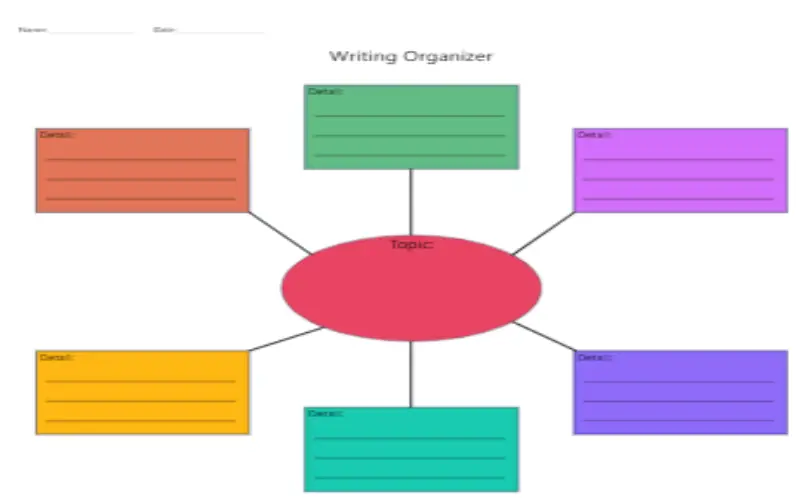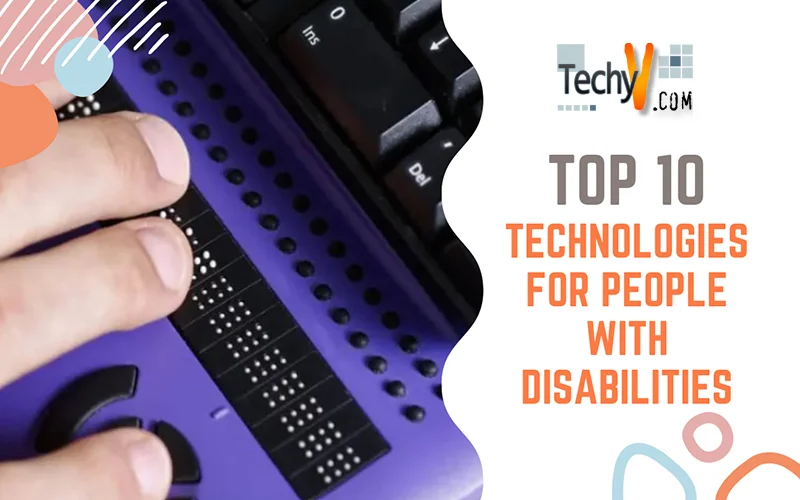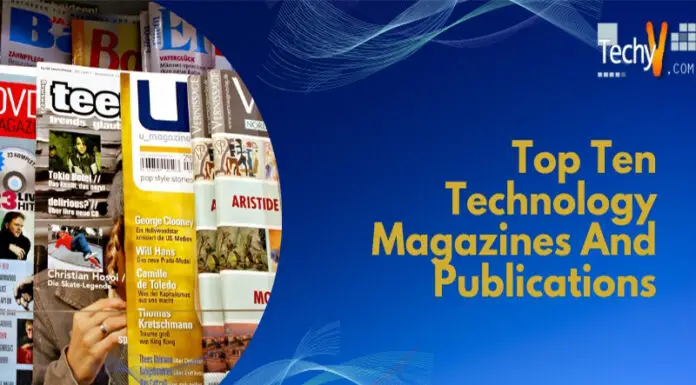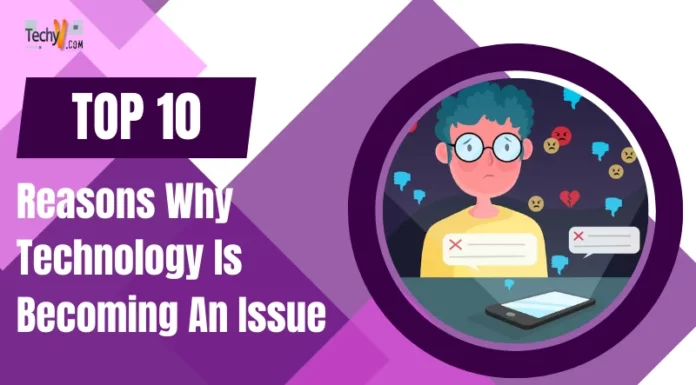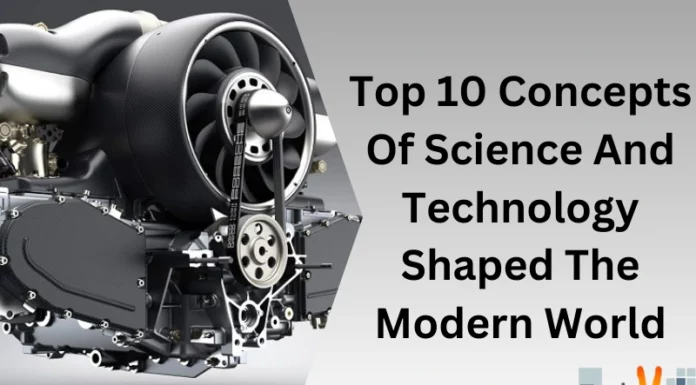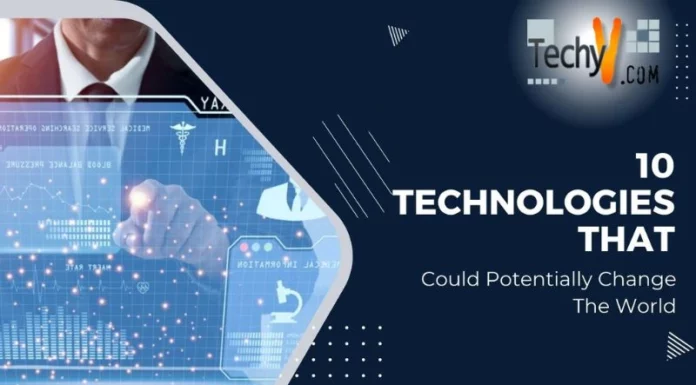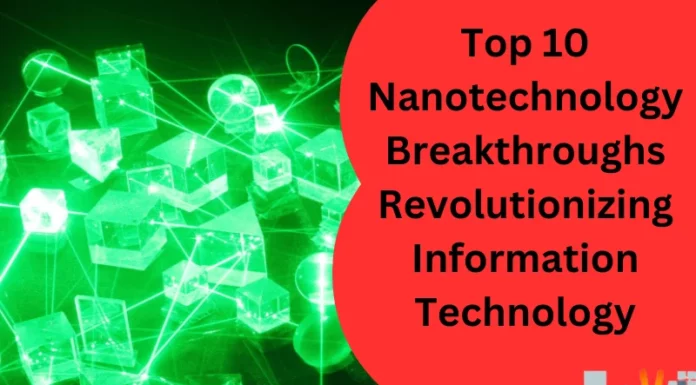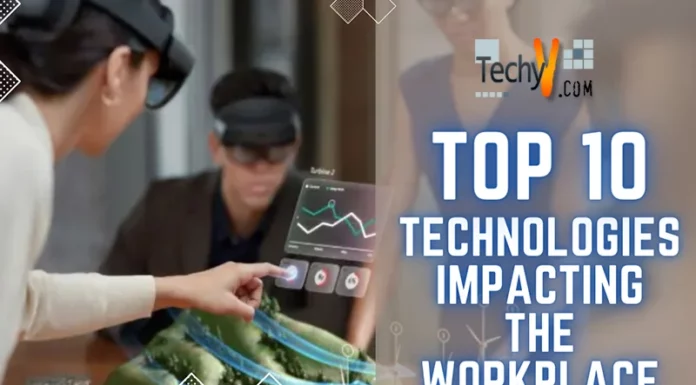Every day, technology evolves. Technology developments for people with impairments come along with that. These developments help make some activities accessible to persons who could not participate otherwise. We’ve gathered a list of currently accessible technology for individuals with impairments so that they can do certain jobs. For many people, coping with a handicap may be difficult. Barriers to accessibility can have an impact on a person’s everyday activities, employment, and educational opportunities. People with impairments now enjoy a much better quality of life due to assistive technology solutions that help them overcome environmental obstacles. We have Top 10 Technologies For People With Disabilities, which help them overcome their fears.
1. Screen Readers
Software tools called screen readers are accessible to the blind and visually handicapped. They either provide an auditory response or display the text in braille, making it possible to read text or comprehend the picture shown on a screen. The original text or the alt text of photographs, charts, graphics, and other visual elements is frequently read aloud by a synthetic voice to translate what is on the screen. People who are blind or visually challenged may use computers and today’s technology, thanks to screen readers.

2. Screen Magnification Software
There is software available to magnify the text, graphics, and images on a user’s screen. As you work, this program is running. The screen magnification program travels with you as you explore the screen, magnifying what you are working on to assist individuals who might not be able to see the smaller writing. This program also can increase the cursor so that the user doesn’t have any trouble using their computer. Because each person’s eyesight is unique, this program may be customized to meet the demands of the user.

3. Footmouse
A foot mouse is a particular kind of computer mouse that is used—as the name suggests—by the foot. It enables a person with restricted wrist or hand movement to operate a computer. The foot mouse not only increases computer accessibility for those with disabilities but also increases productivity by cutting down on time wasted switching between the mouse and keyboard.
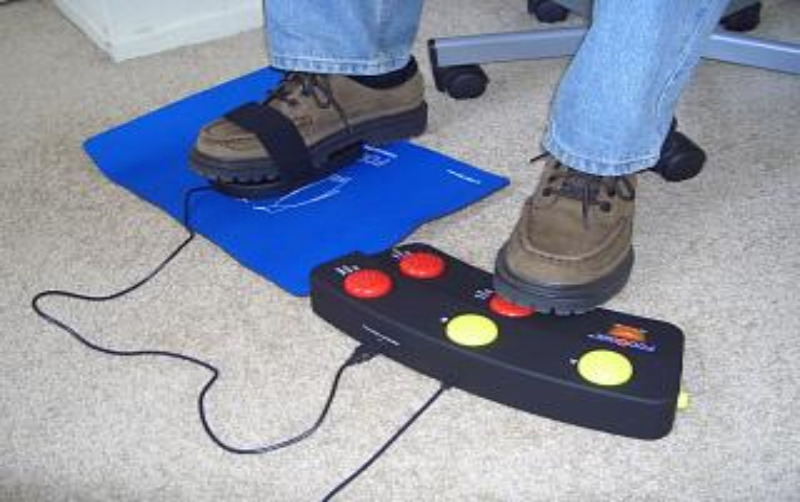
4. Adaptive Switches
People with restricted mobility can use a variety of technology thanks to adaptive switches. The adapted switch’s buttons allow the person with a disability to accomplish the same function without having to undertake a difficult chore themselves. Adaptive switches come in a variety of varieties. Depending on the job the user intends to carry out with the adaptive switch, the appropriate switch type is selected. Therefore, it is preferable to have a purpose in mind while making a purchase.
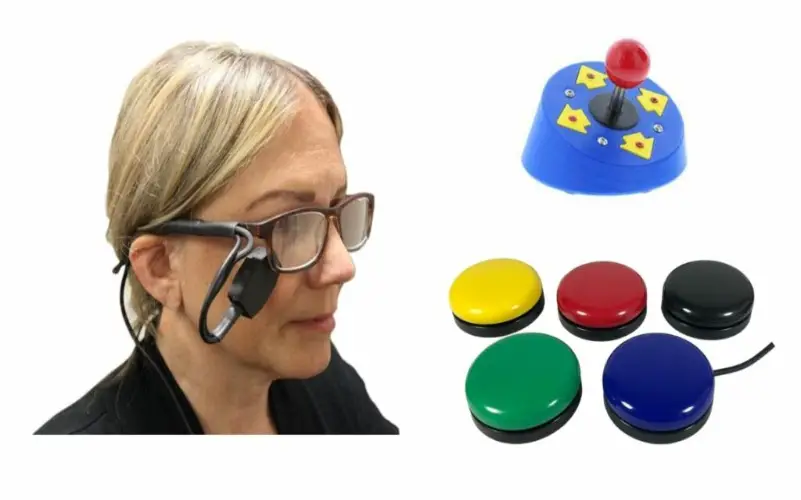
5. Alternative Keyboards
Alternative keyboards are different from standard keyboards to improve usability for those with impairments. These keyboards support a variety of setups. A different keyboard can be used by those who are unable to use a normal keyboard because of restricted hand and wrist motion.
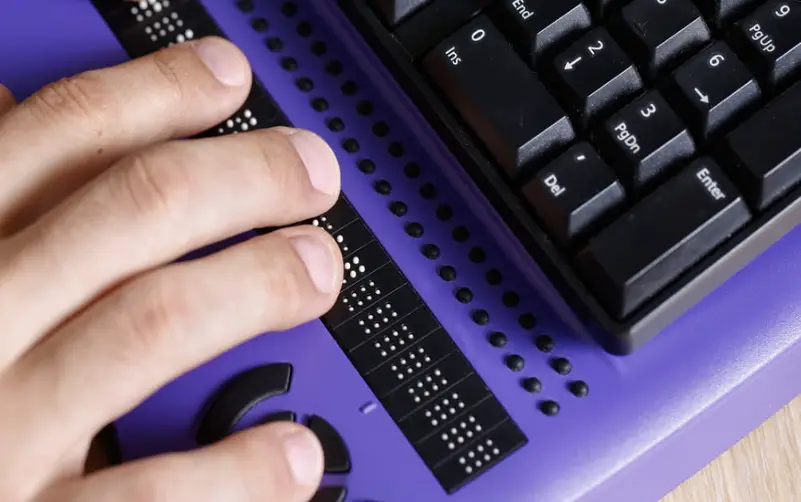
6. Braille Embossers
Braille embossers are printers that produce papers for the blind or visually challenged in braille. The gadgets create braille-printed content by simply connecting to a computer. Braille embossers produce raised dots on paper instead of ink to make the paper accessible to everyone.
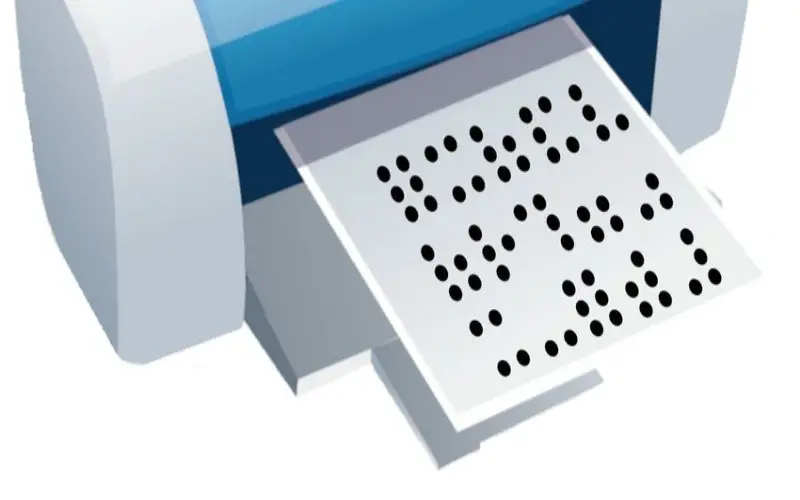
7. Refreshable Braille Displays
Your PC is connected to a refreshable braille display that operates as you do. For those who are blind or visually handicapped, it produces braille. Users may access all content on the computer at any moment by moving the mouse around the screen, which causes the display to refresh with the most recent data.

8. Text-to-speech Software
Users who struggle to read due to dyslexia, blindness, visual impairment, or another condition might benefit from this program. The text is processed by the program, which then reads it out to the user in an artificial voice. TTS technology may be useful for anybody who needs to access textual information in an auditory format, and it can offer a more inclusive and accessible means of communication for a lot of individuals.
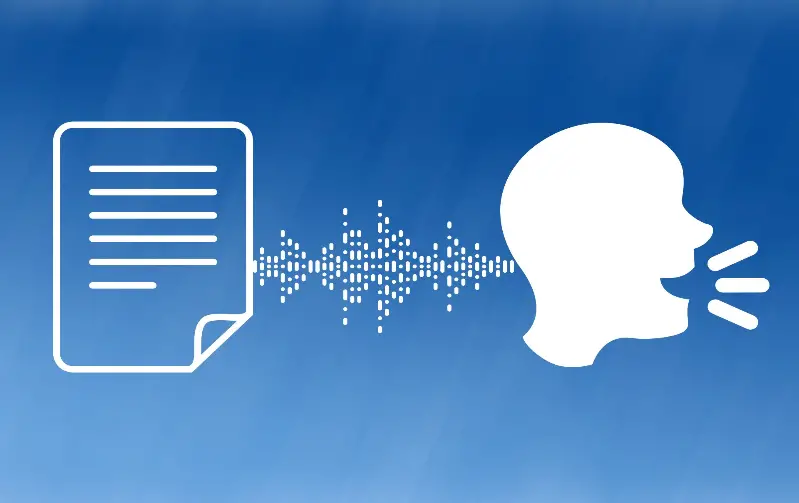
9. Assistive Listening Systems
Another type of assistive technology that benefits persons who have hearing loss or are deaf is called an assistive listening system. They are utilized to improve the functions offered by a hearing aid. Students who require help listening to their lectures at school frequently utilize these technologies. The tool improves the user’s ability to hear what is going on around them by bringing the sound it picks up to their ears.
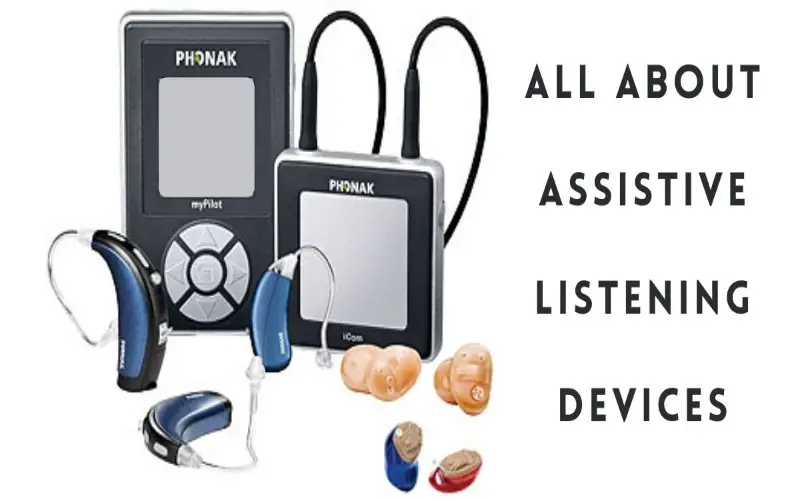
10. Graphic Organizers For People With ADHD
Low-tech tools like graphic organizers can assist people with ADHD in organizing their thoughts and ideas. These tools support people’s ability to maintain attention while producing an organized and practical visual representation of their thoughts. Working memory stress is significantly reduced by the use of graphic organizers. These primary concepts and accompanying details are difficult for students with LD and ADHD to recognize.
